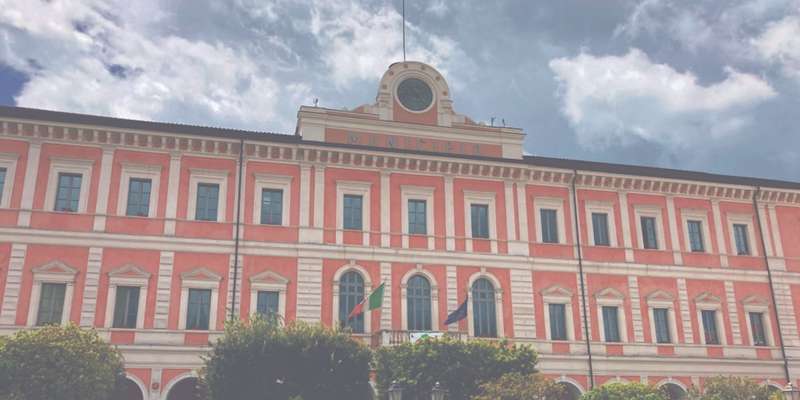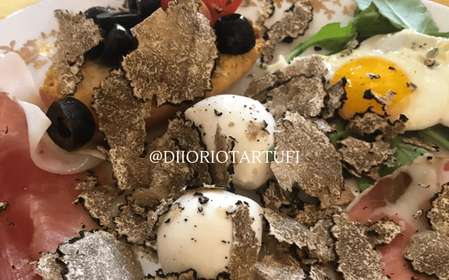- Home
- Useful Tips
- Best months for comfortable...
Planning a trip to Campobasso often leads travelers into a weather dilemma. With 63% of visitors reporting uncomfortable conditions during peak summer months (Regional Tourism Board, 2023), timing becomes crucial for enjoying this underrated Italian gem. The challenge isn't just about avoiding sweat-drenched explorations – extreme heat can limit access to hilltop castles and obscure the beauty of Sammitic ruins. Meanwhile, winter brings its own complications, with many family-run trattorias reducing hours during colder periods. These seasonal pitfalls transform what should be a delightful cultural immersion into a frustrating game of missed opportunities. Understanding Campobasso's microclimates makes the difference between a forgettable trip and perfect pasta al forno enjoyed in a breezy piazza.


Why summer crowds miss the real Campobasso
July and August bring temperatures averaging 86°F (30°C) to Campobasso's hills, creating three distinct problems. The heat amplifies fatigue while climbing to Monforte Castle, where shade is scarce. Local festivals like the Mysteries Procession occur in June, but by August, many residents escape to the coast, leaving the city feeling hollow. Most critically, the famous transhumance trails – where shepherds move flocks between mountains – become dust-choked paths rather than vibrant cultural corridors. Savvy travelers notice how museum queues triple while authentic experiences diminish, all while paying premium prices for diminished value.
Spring's sweet spot for culture and cuisine
Mid-April through early June delivers Campobasso's ideal balance. Daytime highs hover around 68°F (20°C), perfect for hiking to Saepinum's Roman ruins without overheating. This coincides with wildflower blooms along the tratturi paths, creating breathtaking photo backdrops. More importantly, spring marks truffle season in Molise, when family-owned restaurants incorporate this delicacy into handmade cavatelli. The Easter period reveals authentic religious traditions absent in busier destinations, though advance planning is wise for accommodation. Packing layers remains essential – evenings dip to 50°F (10°C), ideal for enjoying vin brulé in quiet cobblestone alleys.
Autumn's harvest magic without the hassle
September and October offer comparable weather advantages with even fewer visitors. As summer tourists depart, temperatures stabilize at a comfortable 64°F (18°C), making wine tours through Molise's emerging vineyards thoroughly enjoyable. The grape harvest festivals in mid-September provide intimate access to generations-old winemaking techniques. Cooler mornings enhance exploration of Campobasso's medieval aqueduct system, while afternoon sun warms outdoor café sessions. Hotel rates drop significantly after September 15th, though some agriturismos close by late October. This window captures rural Italy at its most authentic, with chestnut festivals replacing generic tourist menus.
Winter strategies for hardy explorers
November through March presents challenges but unique rewards for prepared travelers. While temperatures often dip below freezing, clear winter days reveal breathtaking Apennine vistas from the city's heights. January sees the lowest hotel prices, with charming B&Bs offering wood-fired heating and hearty soups. The key lies in focusing indoor activities – Campobasso's Museo Sannitico shines without crowds, and pastry shops serve hot cioccolata denser than anywhere in Italy. Snow occasionally transforms the historic center into a storybook scene, though rental cars should have winter tires for mountain roads. This season suits travelers prioritizing cultural depth over postcard-perfect weather.
